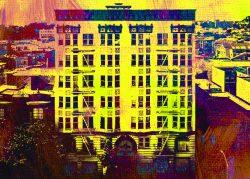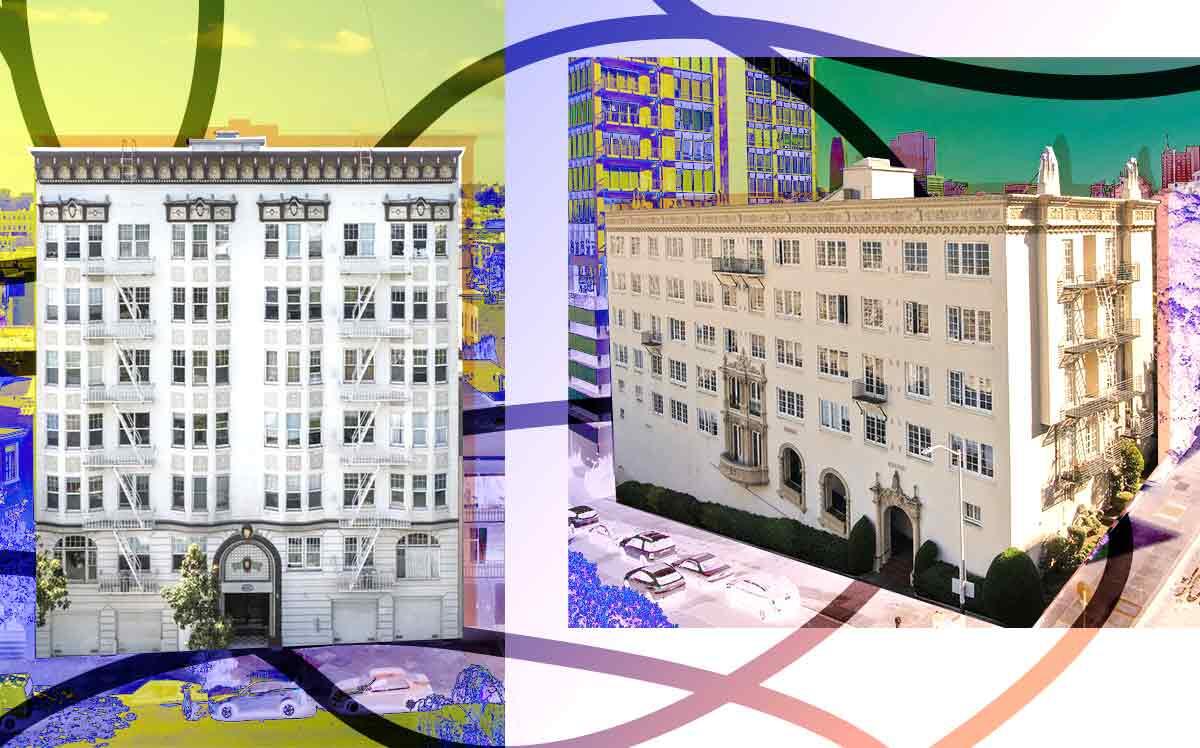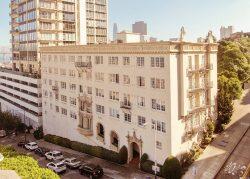 “Could it be any more trophy?”: Largest apartment building on the market in SF lists for $20M
“Could it be any more trophy?”: Largest apartment building on the market in SF lists for $20M
Trending
What’s behind San Francisco’s apartment market turnaround?
Multiple offers are back in multifamily sales as rents go up, vacancies drop

Dave Chesnosky has worked for two of the biggest landlords in San Francisco, CitiApartments and Veritas, during his nearly 20-year career as a leasing agent. So he thought he knew what he was in for when he decided to go out on his own in 2019.
Instead, within months of starting his Compass-affiliated business, he was besieged by owners desperate for new renters to make up for those who fled during the pandemic.
“I had so much business I had to turn it away,” said the Renting SF founder. “I’ve never had so much inventory in my life.”
Even after a few “little spurts of people returning” in 2021, the market didn’t really come back to “normal San Francisco” until May 2022, Chesnosky said. This spring and summer have looked much like they did before the pandemic, he added, with new renters streaming back into the city. Most of these folks are in their mid 20s to mid 30s.
The city’s overall vacancy rate has fallen to less than 5 percent this spring, according to Apartment List’s vacancy index, compared to more than 10 percent in late 2020.
“We’re getting back to a normal migration of people,” Chesnosky said.
Multifamily buyers have been paying attention, according to commercial agents. After largely sitting out 2020 and tiptoeing cautiously back in 2021, during the first half of 2022 multiple offers and over-asking sales prices are once again commonplace, they say.
“The most important thing about the market right now is that rents are up, and they’re not just up a little,” said Allison Chapleau of Vanguard Commercial. The city’s median one-bedroom rent was $3,000 in June, according to a recent Zumper report, the second-highest in the nation after New York City and a 7.5% increase over June 2021.
That increase might not seem impressive compared with double-digit annual rent growth in other U.S. cities, but Chapleau notes that some San Francisco neighborhoods are doing significantly better than the citywide average. She points to the NoPa neighborhood, where a $20-million “trophy” building she listed across from Alamo Square in April went into contract in May, as one of the most popular. When it came to market, the 42-unit building had only one vacancy, she said, a studio that was filled within three days at $2,750 a month.
While rents may be up, so are interest rates, which are taking a bigger bite out of buyers’ budgets. Yet Chapleau believes rental growth in the city will outpace interest rates within 18 months.
Jay Greenberg of Compass Commercial also expects rents to keep rising, but said the “buying pool at all levels has decreased” due to interest rate hikes. He believes the drive to lock in loans was pushing the market for the first half of the year. The market during the second quarter was particularly “active and vibrant,” he said, with the most trades in the five to nine unit range.
“I believe investors anticipated rising rates and wanted to purchase and lock rates before this happened,” he said via email, adding that all his listings in the first half of 2022 received multiple offers and closed over asking price. One of his highest-profile listings was a 38-unit Russian Hill view property, which came to market in June with an asking price of $15.5 million after being held by the same family for generations. It was in contract within three weeks.
Despite the fast and furious first half, Greenberg predicted “pricing adjustments to offset rising interest rates” in the latter half of the year. Even in a rapidly changing market, Greenberg said, his top piece of advice for sellers has not changed.
“Pricing is always key and it is best to get it right at the start of the process,” he said.
Read more
 “Could it be any more trophy?”: Largest apartment building on the market in SF lists for $20M
“Could it be any more trophy?”: Largest apartment building on the market in SF lists for $20M
 $407K per unit for 1920s SF apartments with bay view
$407K per unit for 1920s SF apartments with bay view




